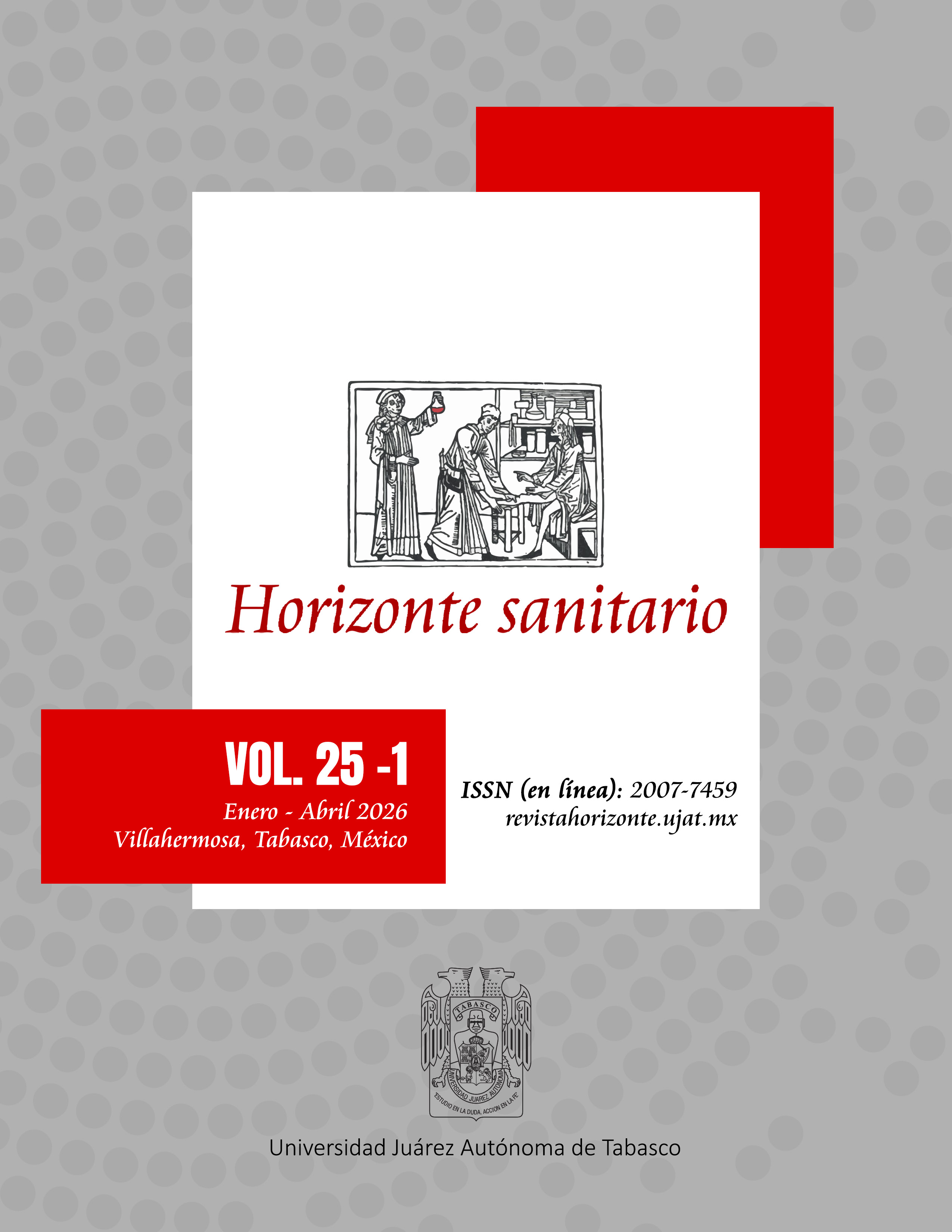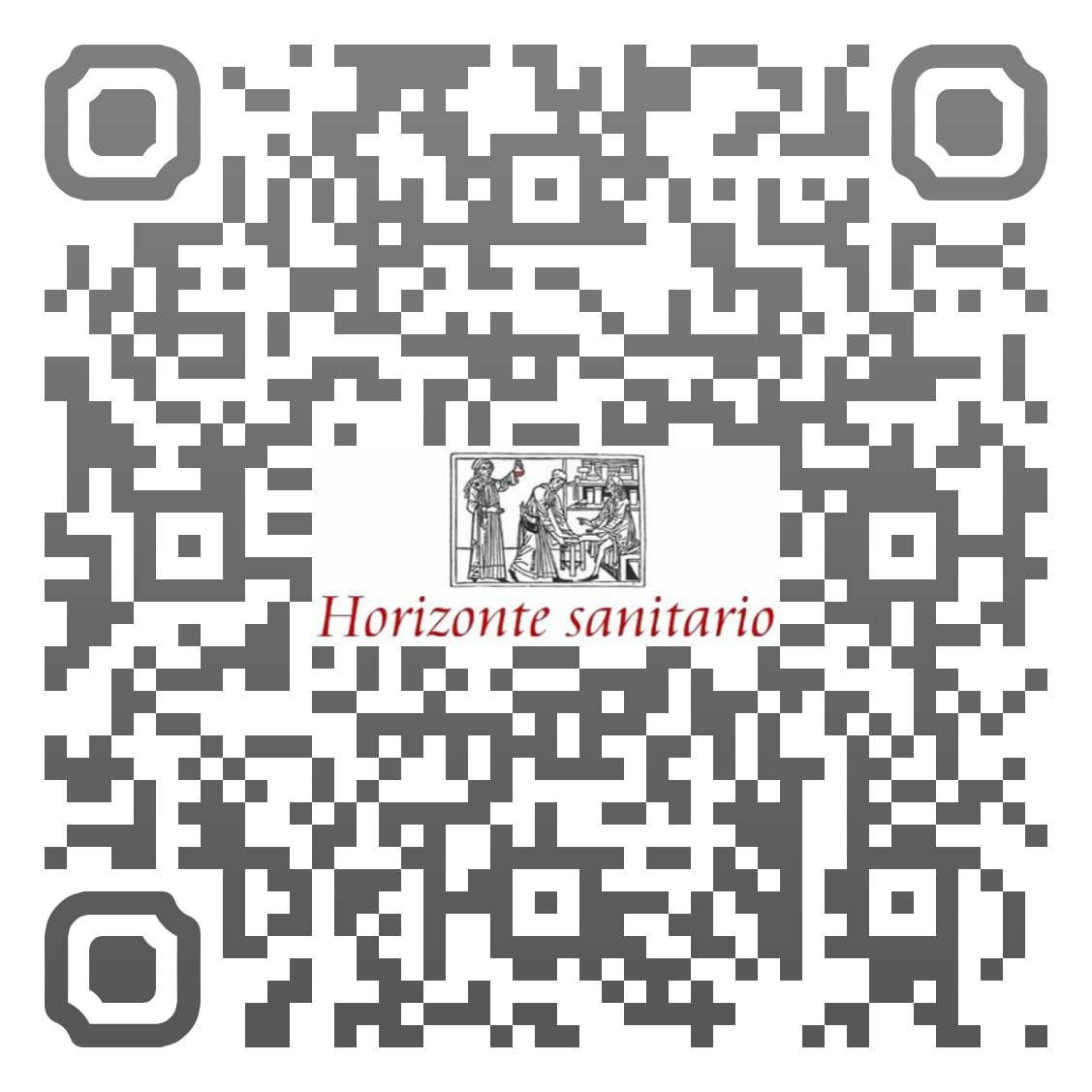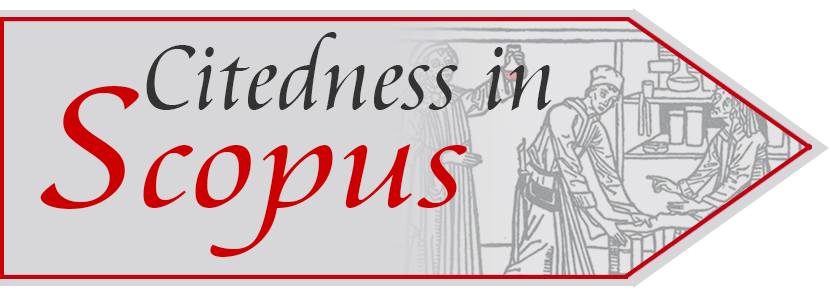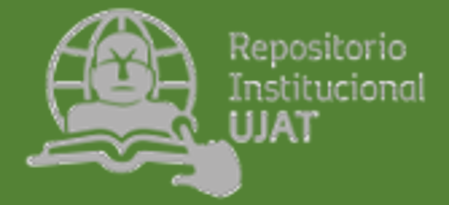About the Journal
Horizonte Sanitario is a publication published since 2002 by the Universidad Juárez Autónoma de Tabasco. It publishes articles in English, Portuguese and Spanish on topics related to Public Health Sciences and Health Administration in the form of editorials, review articles and originals (scientific research products). The journal is freely accessible and does not charge authors for submission or publication.
Current Issue

Publication continues


































